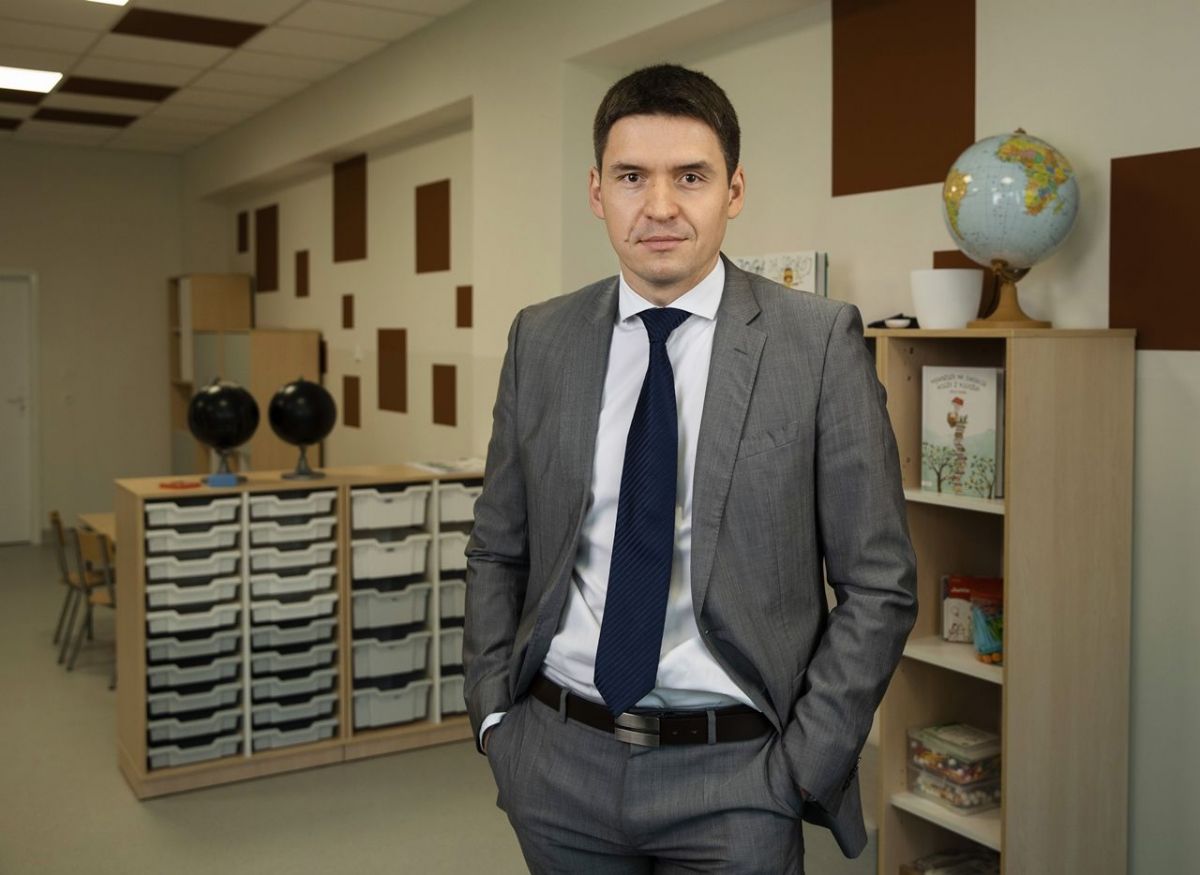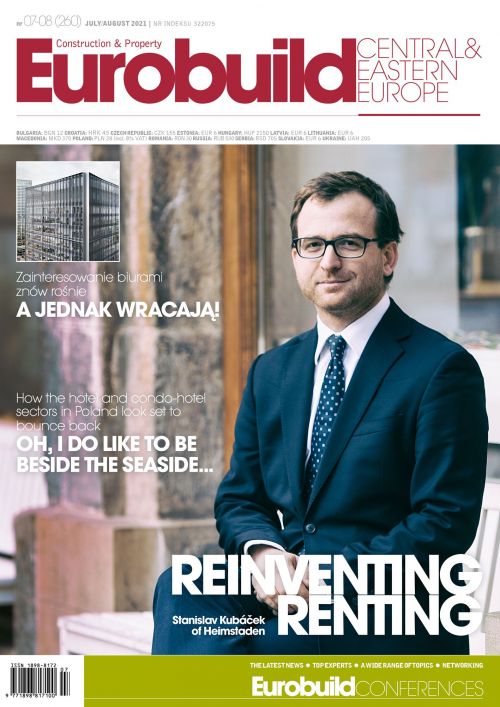Covid-19 has dashed the hopes of many, including small investors, who were hoping to make a quick return on renting out apartments – sales prices have risen but rents have fallen. “Before the outbreak of the pandemic, there was a great deal of interest in service premises for rent from investors, since the rate of return was sometimes twice as high as it was for rental apartments,” explains Jacek Kałużny, the associate director of residential capital markets at Savills. To this he adds that most landlords of such units wanted to rent them out to restaurants, beauty salons or medical centres. And also to educational institutions. “These were mostly private nursery schools or kindergartens, but they also included specialist schools,” he says. Now, however, an interesting alternative has emerged, although yet to really take off in Poland: investing (or co-investing) in large public education institutions. Building public schools or pre-schools [‘przed































































